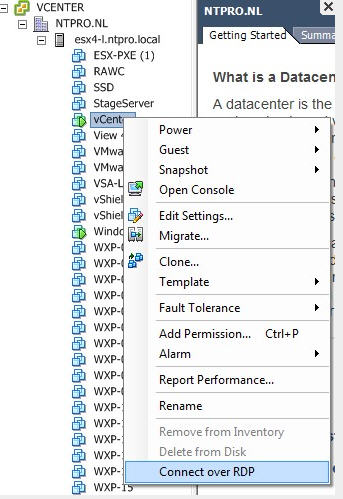
If you use Microsoft Internet Explorer, disable Protected Mode and enable pop-up windows before installation otherwise, the plug-in won't fully install. Make sure that you're using one of the supported browsers and versions. Here is the exact link available from the vSphere Web client (executable). Note: This link is a public internet link, so that you'll be downloading this file directly from VMware. When you connect to your vCenter Server, look at the lower left of your connection window and you'll see a link to download and install the plug-in. This means that you configure Microsoft Active Directory (AD) over LDAP or Integrated Windows Authentication, or OpenLDAP. If you're using Microsoft Active Directory Federation Services with vSphere 7.0, the EAP is used only in a particular use case in which vCenter Server is the identity provider. You'll be able to use both without conflicts. Note: If you have upgraded your environment and you still have the Client Integration plug-in from vSphere 6.0, you can keep it along with the Enhanced Authentication Plug-in (EAP). If you don't use integrated Windows authentication, which means that you'll have to type in the user name and password every time you login, and your organization does not use smart cards, then you can simply ignore the installation. If you want to use one or both of those functions, you will have to install the plug-in.

Now, with vSphere 7.0, this plug-in still provides integrated Windows authentication and smart card functionality for Windows-based systems only.


 0 kommentar(er)
0 kommentar(er)
